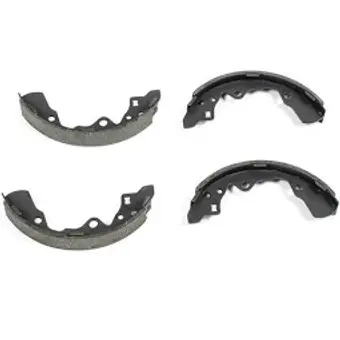top of page

Brake Components

Premium Brake Parts for Every Vehicle
Stop with confidence. Drive with safety.
We offer a full range of high-quality brake parts designed to keep your vehicle performing at its best. Whether you're replacing worn components or upgrading for better stopping power, our selection has you covered.
Suggested Reading:
Why Buy From Us?
-
Trusted brands: Bosch, Brembo, Wagner, Akebono, PowerStop & more
-
Fast shipping & hassle-free returns
-
Industry-best warranties on all brake parts
-
Competitive pricing on OEM and aftermarket brake components
bottom of page
















